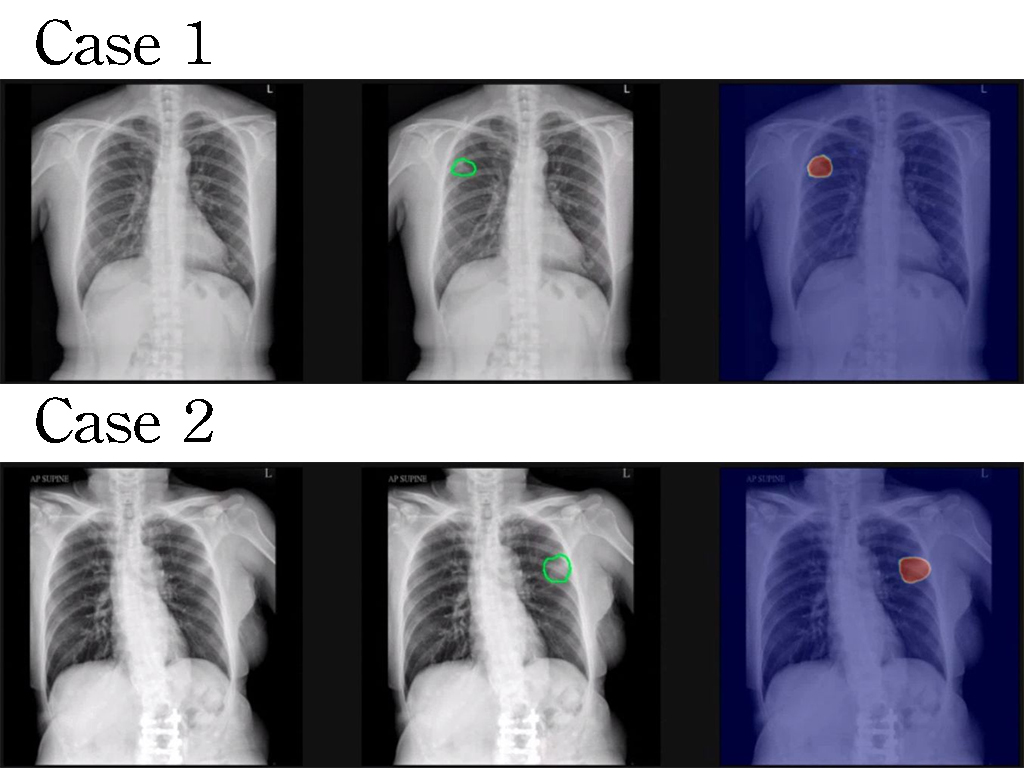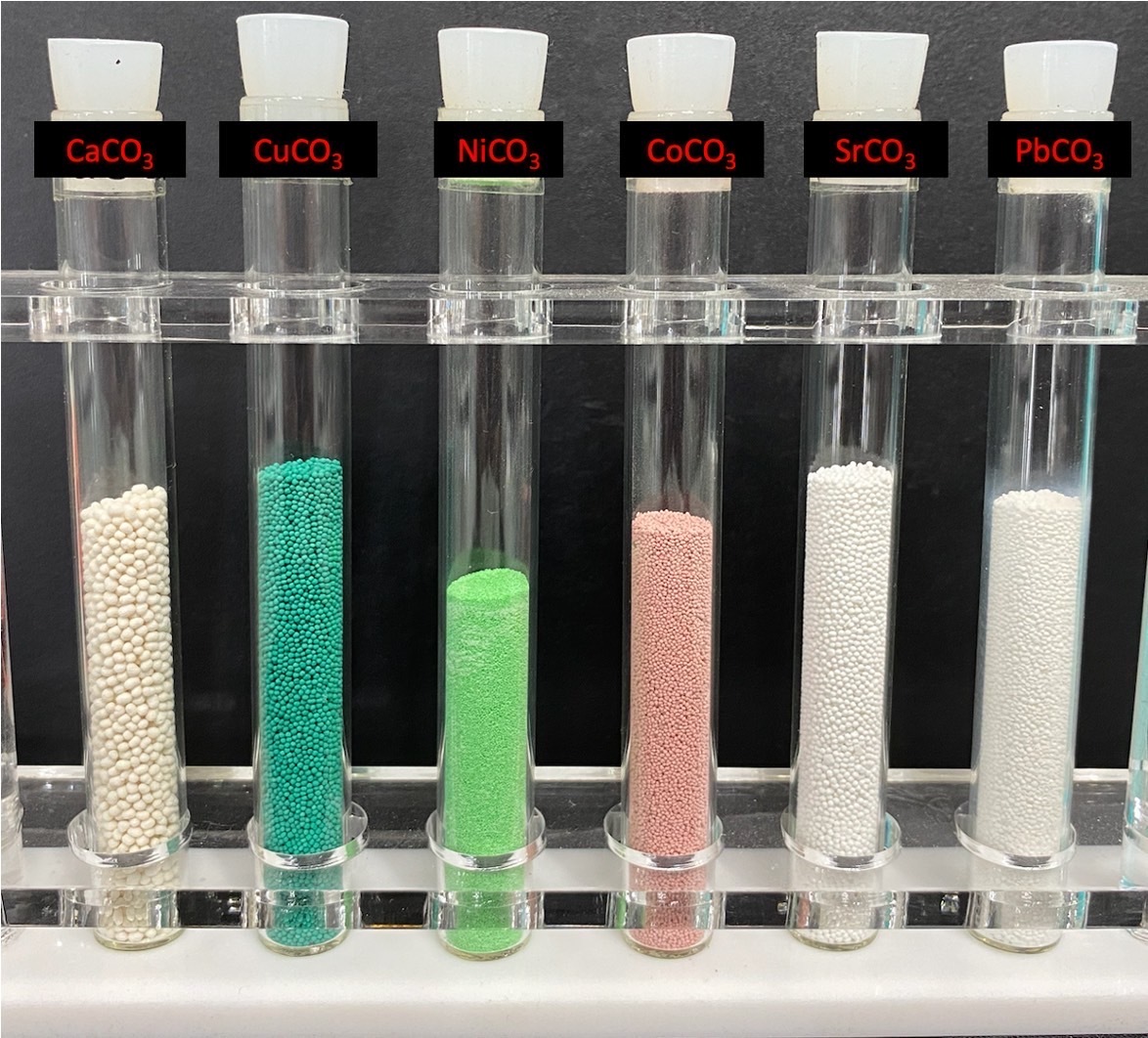| Technical Name | Ammonia Production via Piezoelectric Nitrogen Reduction in Pure Water under Ambient Conditions | ||
|---|---|---|---|
| Project Operator | National Tsing Hua University | ||
| Project Host | 吳志明 | ||
| Summary | This study develops highly active MoS2 nanoflowers with sulfur vacancies as piezocatalysts. Utilizing mechanical energy, it reduces N2 to NH3 (8294.1 μmol L-1 g-1 h-1) in an atmospheric environmentwithout needing an external light source or electricity. The method enhances piezoelectric properties and nitrogen reduction, offering high selectivity similar to electro- and photocatalysis, without the complexity of electrode/electrolyte systems, providing a new green NH3 production alternative. |
||
| Scientific Breakthrough | We introduce a groundbreaking piezocatalytic method for NH3 production that matches the efficiency of electrocatalysis. It utilizes mechanical energy instead of traditional light or electricity. By engineering sulfur vacancies, XPS analysis and DFT results show increased electron density around Mo and S atoms, weakening the N2 bond. Advanced analyses confirm side-on adsorption and new active sites. MoS2-3hr achieve 8294.1 μmol L-1g-1h-1 efficiency. Isotope 15N verifies authentic NH3 production. |
||
| Industrial Applicability | Green ammonia attracts attention due to its easy storage, transportability, and high energy density, whereas the Haber process is highly polluting and energy-intensive. This study introduces a piezocatalytic method that converts N2 gas into NH3 in pure water in an atmospheric environment, significantly reducing energy consumption and pollution. Driven by mechanical forces, it eliminates the need for specialized equipment, making it compatible with renewable sources like wind and hydropower. |
||
| Keyword | Piezocatalysis MoS2 nanoflower Ambient conditions nitrogen reduction Piezocatalyst 2D material | ||
- Contact
- Yu-Ching Chen
- tom810620@maul.com
other people also saw















